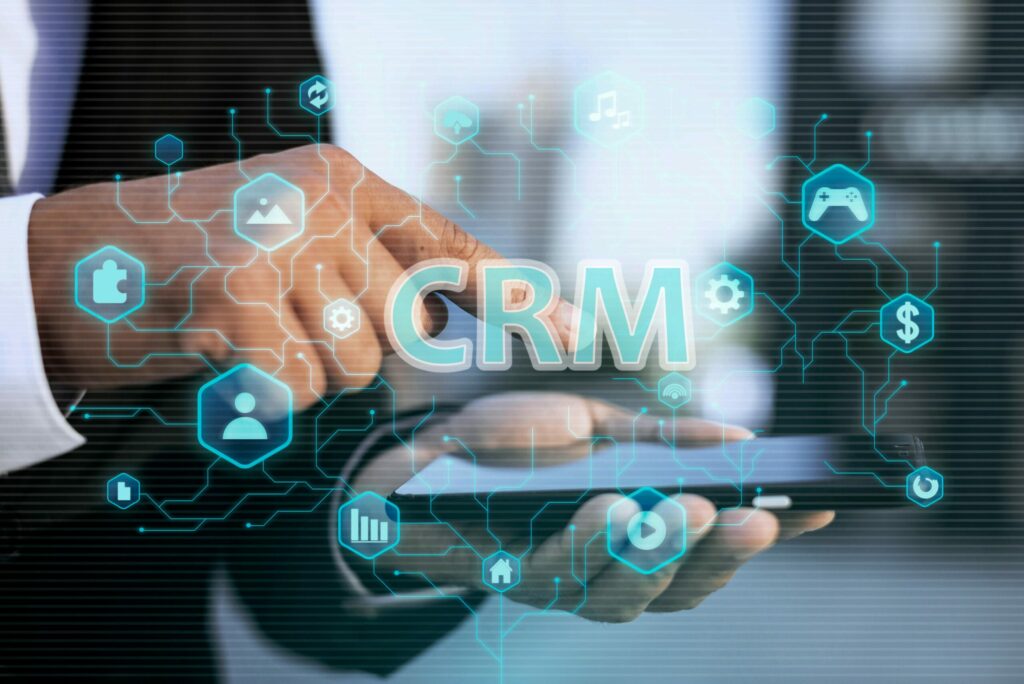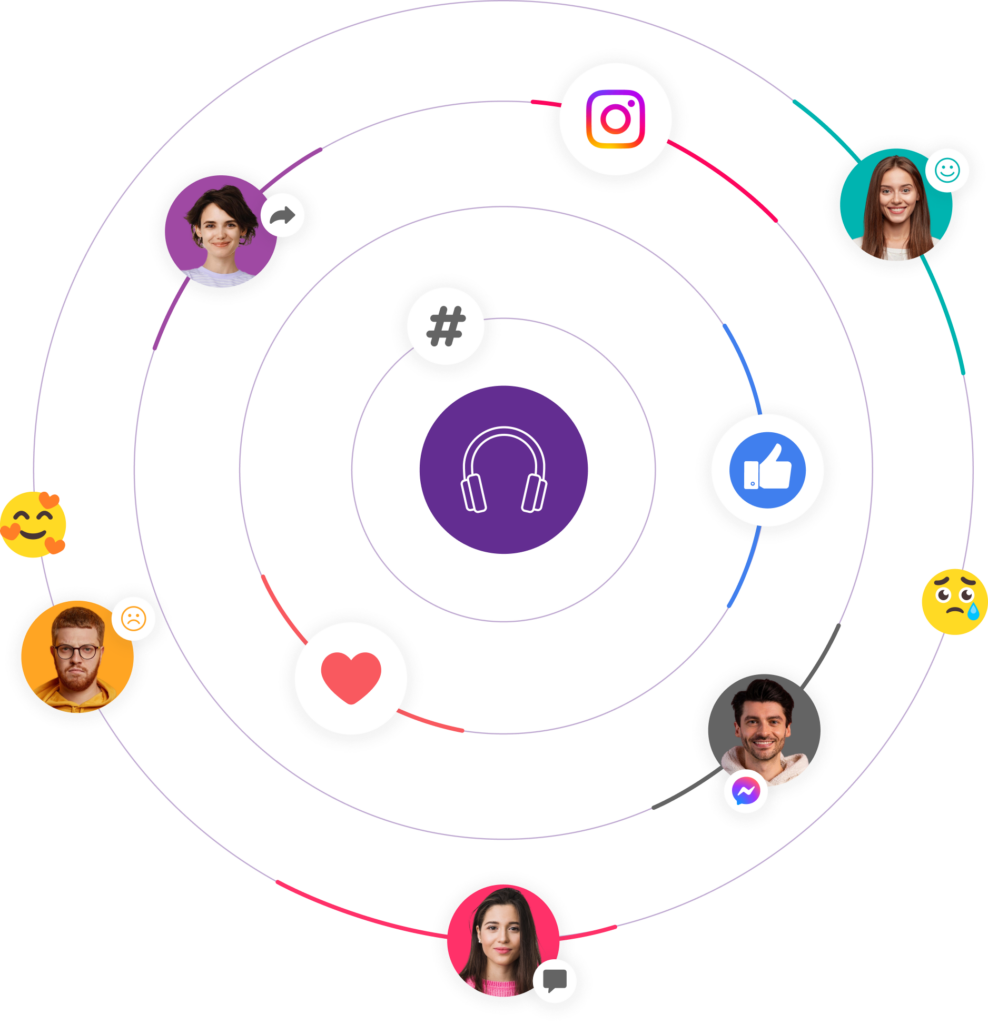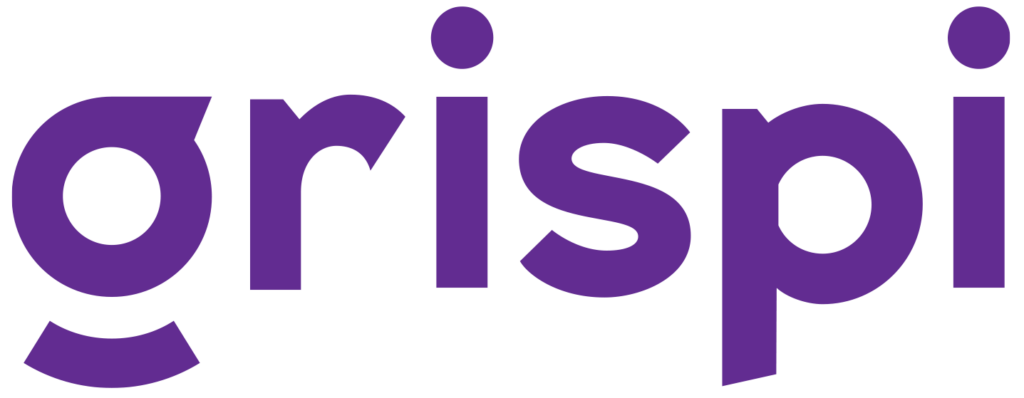Personalization in CRM: Create Tailored Customer Experiences in 2025
- January 3, 2025
Personalization in Customer Relationship Management (CRM) has become a cornerstone of delivering unique and meaningful customer experiences. As we progress through 2025, using personalized CRM strategies is more important than ever for businesses seeking to stand out.
In this guide, we’ll explore why personalization in CRM matters, its key benefits, and how to implement it effectively.

Why Personalization in CRM Matters
Personalization in CRM involves customizing interactions based on individual customer preferences, behaviors, and needs. Here’s why it’s a crucial part of modern customer experience strategies:
- Enhanced Loyalty: Personalized experiences help customers feel understood and valued, fostering long-term loyalty.
- Higher Engagement: Tailored offers and messages are more likely to capture attention and drive interaction.
- Improved Conversions: Targeted marketing yields better response and conversion rates.
- Efficient Resource Use: Focus your efforts on high-value customers using data-driven insights.

Benefits of CRM Personalization
1. Improved Customer Satisfaction
Customers feel more appreciated when their unique needs are addressed—whether through relevant recommendations or proactive service.
2. Stronger Customer Retention
Personalized experiences increase emotional connection, making customers more likely to stay loyal and continue using your services.
3. Increased Revenue
Custom recommendations and exclusive offers based on behavior and preferences encourage additional purchases and upselling.
4. Competitive Differentiation
In saturated markets, personalization helps brands deliver unique, human-centric experiences that leave lasting impressions.

How to Implement Personalization in CRM
1. Collect and Analyze Customer Data
Gather data from multiple sources to build a comprehensive customer profile:
- Demographics: Age, gender, location, etc.
- Purchase History: What products/services have they bought?
- Behavioral Data: Track browsing patterns, email engagement, and social media activity.
2. Segment Your Audience
Organize customers into relevant groups for more targeted communication:
- Demographic Segmentation
- Behavioral Segmentation
- Psychographic Segmentation (values, interests, lifestyle)
3. Personalize Customer Communications
- Email Campaigns: Include names, personalized product recommendations, and timely messages.
- Website Content: Dynamically adjust banners, product listings, and messages based on user behavior.
- Targeted Ads: Run retargeting and interest-based ads tailored to user segments.
4. Leverage AI and Machine Learning
- Predictive Analytics: Forecast future behaviors and preferences.
- Recommendation Engines: Suggest relevant products or services in real time.
5. Optimize Through Continuous Improvement
- Customer Feedback: Regularly collect and evaluate feedback to refine strategies.
- Data Analysis: Continuously review metrics and behavior patterns.
- A/B Testing: Experiment with personalized messages and content to discover what works best.
CRM personalization is no longer a luxury—it’s a necessity in 2025. Businesses that embrace personalized strategies can boost satisfaction, deepen loyalty, and drive long-term growth.
By following a data-driven, customer-first approach to personalization, you not only meet customer expectations—you exceed them.
Contact Us
Fill out the form for detailed information and demo account, let us call you.
